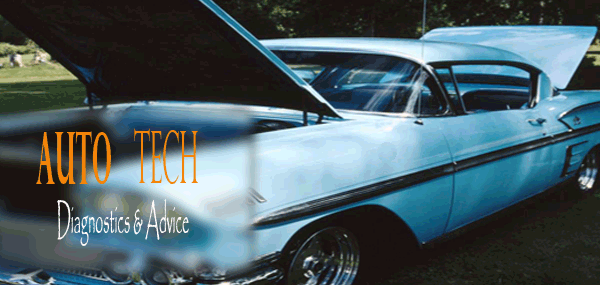
Engine Coolant
Engine coolant is crucial in the coolant system because it is the transfer medium that caries heat away from the engine to the radiator. It is also referred to as “antifreeze” because it will not freeze when the external temperature is below 32°F. Frozen coolant could crack the radiator or any other part of the cooling system and even the engine.
Coolant also has rust and corrosion inhibitors that prevent rust from forming in the system, and blocking the coolant passages.
There are many passages that the coolant needs to travel through in the engine and all other parts of the coolant system, and having the proper mixture of 50% coolant and 50% distilled water is critical for the protection of the coolant system and also the engine. Overheating can occur if the ratio of coolant to water is either too high or too low. If a coolant system were to be filled with 100% coolant and no water, its boiling point would increase to temperatures over 300°F. An engines normal operating temperature is about 200°F, so this would make it an ineffective medium for transferring heat away from the engine.
Once rust begins to build up in the coolant system, the rust will spread throughout the entire system. Having a coolant system that has more water than antifreeze for long periods of time can be devastating because this opens the door for the engine temperature to exceed the normal operating temperature, along with a greater potential for rust to develop in the system. This can lead to premature coolant component failures or even worse, engine/cylinder head failure.

Rust will travel to any portion of the system, putting any component that the rust comes into contact with at risk due to blockage. Although a coolant system with the majority water is the main contributor to excessive rust, water can be useful for a short period of time in the case of a leak to get your vehicle from point A to point B. Distilled water is always preferable because it will not add any minerals to the system, which might cause blockages.
Older vehicles manufactured before the 1990s mainly used one type of coolant, which was green. Now, depending on the vehicle’s manufacturer requirements, there are many different types of coolant that you need to be aware of, so you will obtain the correct one. It is always best to check the manufacturer recommendations with your local dealership if you are in doubt. Often, you can get this information from the vehicle owner’s manual or from a sticker under the hood. Avoid buying anything marketed as a universal coolant, and also do not mix coolant types.
There are a few basic types, such as General Motors DEX-COOL, which is an orange coolant that has been in use since 1996. Toyotas now use an Asian red colored coolant. Do not confuse the regular green coolant with dark green coolant, which has been used on Mazda based Fords since 2008. These are just a few examples of some common coolant types that are now in use. One thing to be aware of is that some coolants come premixed with the correct ratio of coolant to water, so do not add water to them. These usually cost more than 100% coolants, which require the addition of equal amounts of water.
The chemicals in coolant will break down over time; so periodic testing of it is necessary to determine if it needs to be replaced. When it breaks down, it acidifies and eventually corrodes iron and aluminum by setting up an electric current between them.
Refer to our coolant system diagnostic page of our website for a complete breakdown of how to test the coolant. The following steps will walk you through some ways for replacing the engine’s coolant.
Step 1
Step 2
Step 3
Step 4
Step 5
Step 6
Step 7



Share